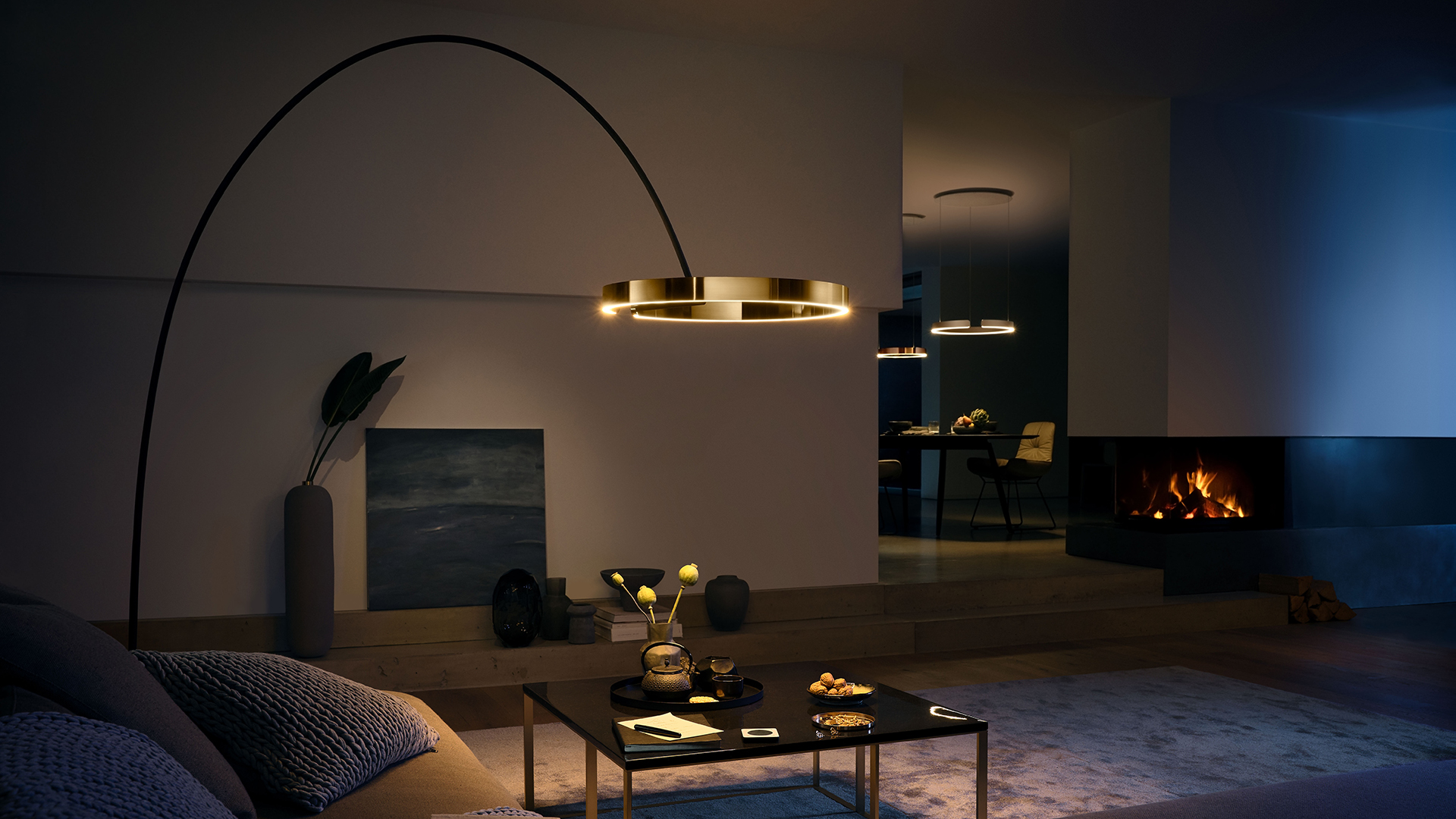
Light plays an enormous role in how we experience the world. Its importance ranges from the essential (sight) to its connection with our physical and emotional wellbeing. It has the capacity to bring joy, inspiration, and awe or to make us feel tired and lethargic. The use of light ranges from the pragmatic to the artistic, and its power over how we feel makes it an exciting dimension to play within our own homes.
Light and our wellbeing
When we talk about lighting design, we don’t simply mean fixtures and fittings; we mean the quality and type of light, as well as the purpose that it’s implemented for. Lighting design is the science of bringing light itself into the space – the thought behind it is something to think about the next time you walk into a smart hotel or a sophisticated office environment. The way the light makes you feel is entirely intentional and involved a team of people to get it just right.
Probably the most widespread conversation on wellbeing and light revolves around SAD (Seasonal Affective Disorder). We all know that when the nights draw in and we have less exposure to daylight, we can all start to feel a little low. You will also be aware that the bright light of your smartphone or computer screen triggers your brain and keeps you awake (which is why you shouldn’t look at mobile devices before bed).
The National Institute for Occupational Safety and Health (NIOSH) says:
“The light/dark cycle of the sun has a powerful effect on the circadian clock, sleep, and alertness. If you understand these effects, you can manipulate light exposure to help yourself sleep better at night and be more alert during the day.”
We know that exposure to natural light can make us generally happier (somewhere between Vitamin D exposure and the response of our circadian rhythm), blue light is associated with feeling alert, and that’s before you get to the ambient impact of lighting. When we think of relaxed or romantic evenings in, the warm glow of a candle often comes to mind – it’s a treat that we associate with self-care, for example.
Art in a new dimension
Another area that we are particularly inspired by is the artistic use of light. From a creative perspective, the way artists have used and manipulated light can really change the way we think about it. For example, Anthony McCall is a New York-based artist known for his ‘solid light’ installations, described by Artland as:
“Light is projected in these forms and strikingly emphasises the sculptural qualities of the beam itself. This effect is augmented or emphasised by taking place in darkened, haze-filled rooms, where the projections can create highly illusory three-dimensional shapes, ellipses, waves and flat planes that gradually expand, contract or sweep through space.”
Other well-known lighting artists include Olafur Eliasson, known for his large-scale installation art incorporating light, water, and air temperature. Ivan Navarro is a Chilean artist, whose early life under the Pinochet dictatorship included experiences where the electricity was shut off as a method of control. Today he draws on those experiences to create abyss-like works that play with light and mirrors. Alternatively, American minimalist, Dan Flavin, is also known for his work creating sculptural installations from fluorescent light fixtures.
In a different context entirely, the Alys Beach luxury beach community on Florida’s Gulf coast hosts an annual Digital Graffiti festival where international artists project original works onto the iconic white walls of the resort for an immersive creative, outdoor experience. These are to name but a few examples of where light is used to dramatic, fun, emotive and inspiring effect – beyond the simple realm of functionality.
More than meets the eye
Given that our homes are the very place in which we should feel our best but also enjoy and celebrate who we are, an awareness and incorporation of intentional lighting in the home seems ever more important.
If you have ever walked into a room where an ill-placed pendant light seems to make the room darker the second it’s turned on, or gone into a living space where the light feels cold and stark, you will know that everything from the location of the fixture to the warmth and density of the light itself makes a difference to the experience you have in that space. We recently wrote about a home design where the owners used large windows to bring in as much natural light as possible. In addition to being a beautiful feature, this had the added impact of allowing the space to change with the seasons.
One of the brands that we most use, and most admire for the way they work with light, is Occhio. Their fixtures have a CRI (Colour Rendering Index) certification of 97%, which is to say their products emulate sunlight to an almost perfect degree (no one has yet produced a 100% certification). The practical result is that under an Occhio light the colours that you see in your home are not distorted or dull -they are as they should be. We know that natural light is the gold standard, and this is as perfect as you can get with electric lighting. That is why they have been the go-to lighting brand for the new Rolls Royce showroom, for Gaggenau showrooms, and on the ground floor of Harrods – those in the know, use Occhio.
Within our team, we have lighting designers who are dedicated to using light to bring soul, purpose and intent to your home. They use it to optimise the appearance of the space, but also to maximise your experience of it as well, and to make sure your home is providing you with the environment that supports you and your lifestyle.



